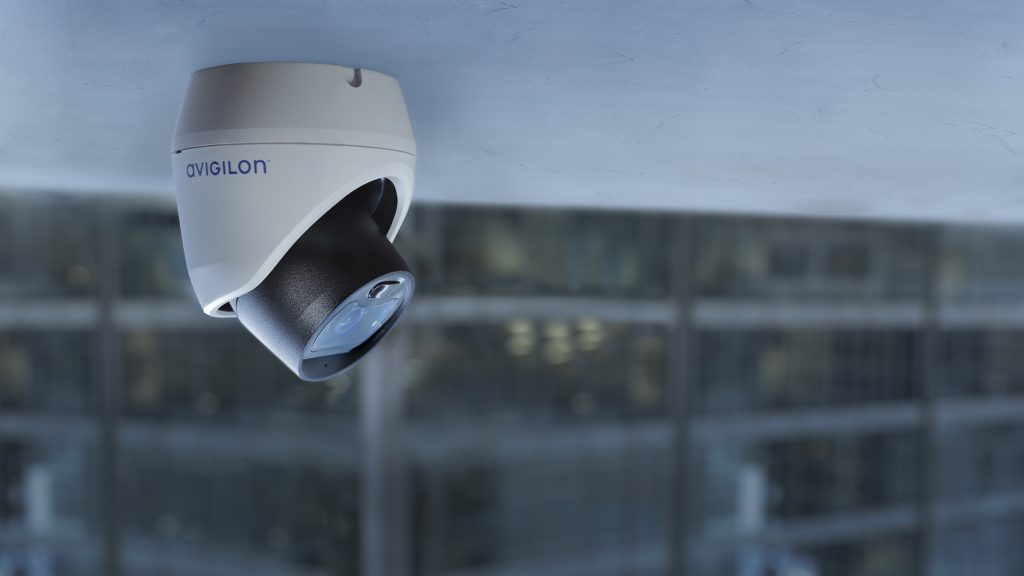Whether your workplace is starting to resume in-person operations as part of a phased reopening plan or your place of business is continuing to provide essential in-person services with some important modifications, the days ahead will certainly involve new COVID-19 workplace regulations.
As researchers continue to refine their understanding of the novel coronavirus and while infection rates continue to fluctuate, shifting guidelines will force workplaces to change and adapt to ensure the health and safety of their employees and others who enter the space.
Creating a workplace that’s safe for all involves a large amount of oversight into how workers, managers and others interact on a daily basis. Fortunately, video analytics solutions can help streamline these processes in order to help workplaces remain safe, healthy and up to date.
What Will COVID-19 Workplace Regulations Look Like in the Days Ahead?
There’s no fully comprehensive blueprint that outlines what workplace regulations will entail over the coming weeks and months, but recent research and existing guidelines and standards can shed some light on how rules and regulations might evolve.
Recently, Virginia became the first state to adopt official workplace safety standards related to protecting workers from exposure to the COVID-19 virus.
Among other mandates, those standards include:
- Using personal protective equipment (PPE).
- Maintaining proper sanitization protocols.
- Practicing social distancing.
- Implementing response plans.
- Training individuals within the organization.
- Keeping accurate records.
- Communicating potential hazards.
Many of Virginia’s regulations echo guidelines released by the Centers for Disease Control and Prevention in May 2020, which also included:
- Regularly monitoring employee health.
- Suggesting that employees wear face masks.
- Enhancing ventilation systems for enclosed spaces.
Some of these guidelines require facilities to update processes for cleaning and sanitization as well as building maintenance and operations. Other regulations entail workforce participation and communication strategies that can be improved through the thoughtful use of video analytics solutions, especially for large populations spread across multiple areas within a building or campus.
In What Ways Can Video Analytics Help Promote Workplace Health and Safety During COVID-19?
First of all, it’s important to understand that advanced video analytics capabilities represent a significant value add over standard security cameras without increasing costs substantially. While many facilities already require the capacity to capture footage for safety and documentation purposes, a simple video analytics upgrade, with regular software updates enabled, opens your security system up to new possibilities, especially around COVID-19 compliance.
Video analytics solutions leverage artificial intelligence to analyze closed-circuit television (CCTV) footage. Using this data, these programs can automate the process of identifying and documenting deviations from COVID-19 workforce regulations to help management address potential hazards, improve processes and better communicate their findings to people who have potentially been exposed to the virus.
Specifically, the Avigilon self-learning video analytics system has been adapted for the COVID-19 environment to better protect workers.
New features intended to help workplaces remain compliant with precautions that can prevent the spread of the coronavirus include:
- Social distancing technology: By analyzing where and when social distancing infractions occur, reports can help managers determine which spaces may need to be reconfigured, what workflows need to be adjusted or how to better communicate policies around problem areas.
- Face mask detection technology: This feature empowers management to monitor overall compliance levels with face mask policies so they can determine if further action must be taken to preserve workplace safety.
- Contact tracing with access control: Through a combination of video analytics and physical access data, managers can conduct more thorough contact tracing if it is revealed that an individual with COVID-19 has been in the facility.
Specialized features are also available for addressing the unique concerns of certain locations, like institutions of higher education and health care facilities. In addition, thermal cameras can be deployed as a prescreening effort to identify individuals who might require additional assessment before entering a location.
By implementing these analytics features, workplace leaders can institute improvements, enable early detection and streamline responses.
How Can I Learn More About Video Analytics Support From Day Wireless Services?
 Sign up for a Sales and Solutions Co Watching (SAS-Co-Watching) webinar about how Avigilon Video Security technologies use AI-powered video analytics for social distancing, face mask detection, occupancy counting, contact tracing and thermal screening to help you provide a safe experience to your customers. Sign up here!
Sign up for a Sales and Solutions Co Watching (SAS-Co-Watching) webinar about how Avigilon Video Security technologies use AI-powered video analytics for social distancing, face mask detection, occupancy counting, contact tracing and thermal screening to help you provide a safe experience to your customers. Sign up here!
